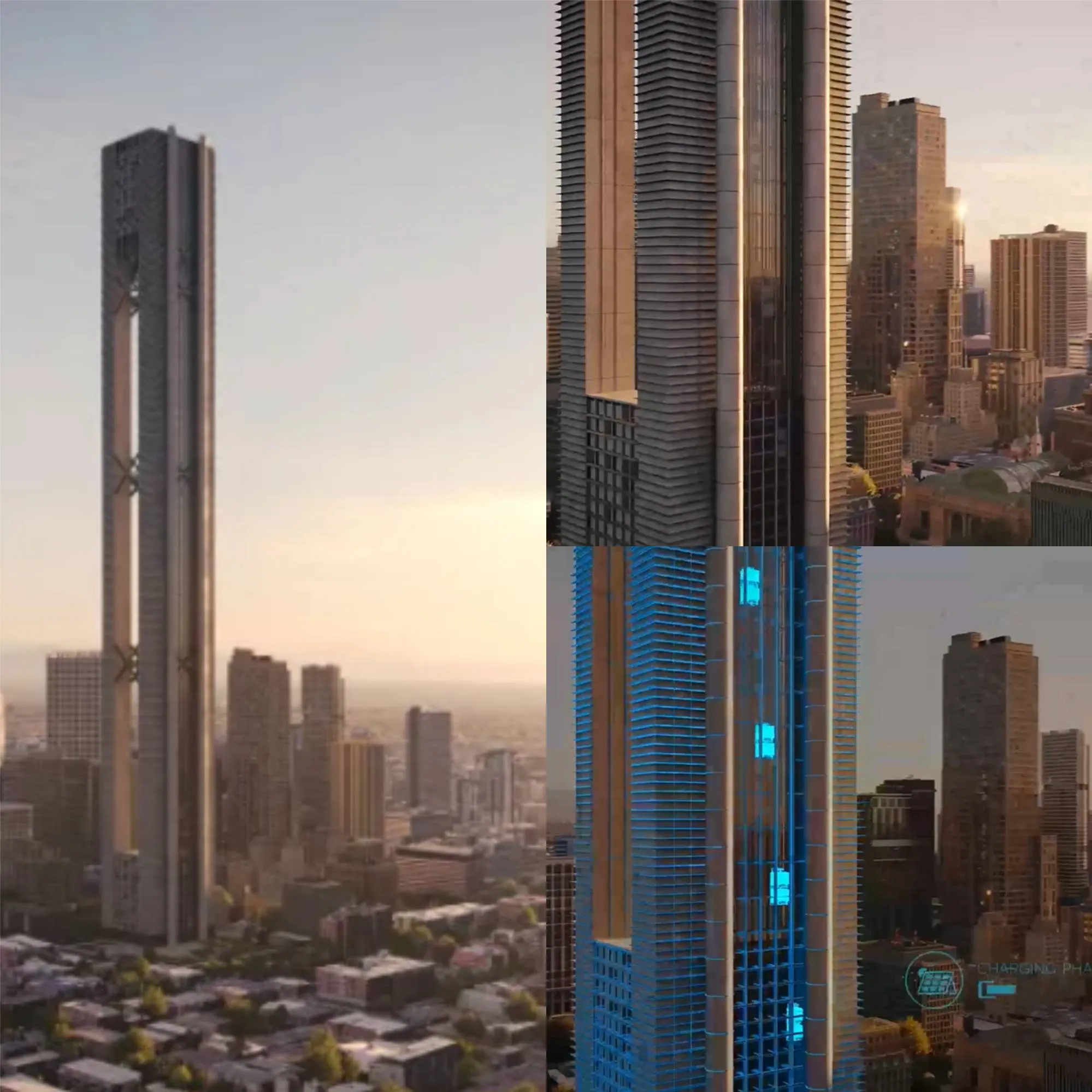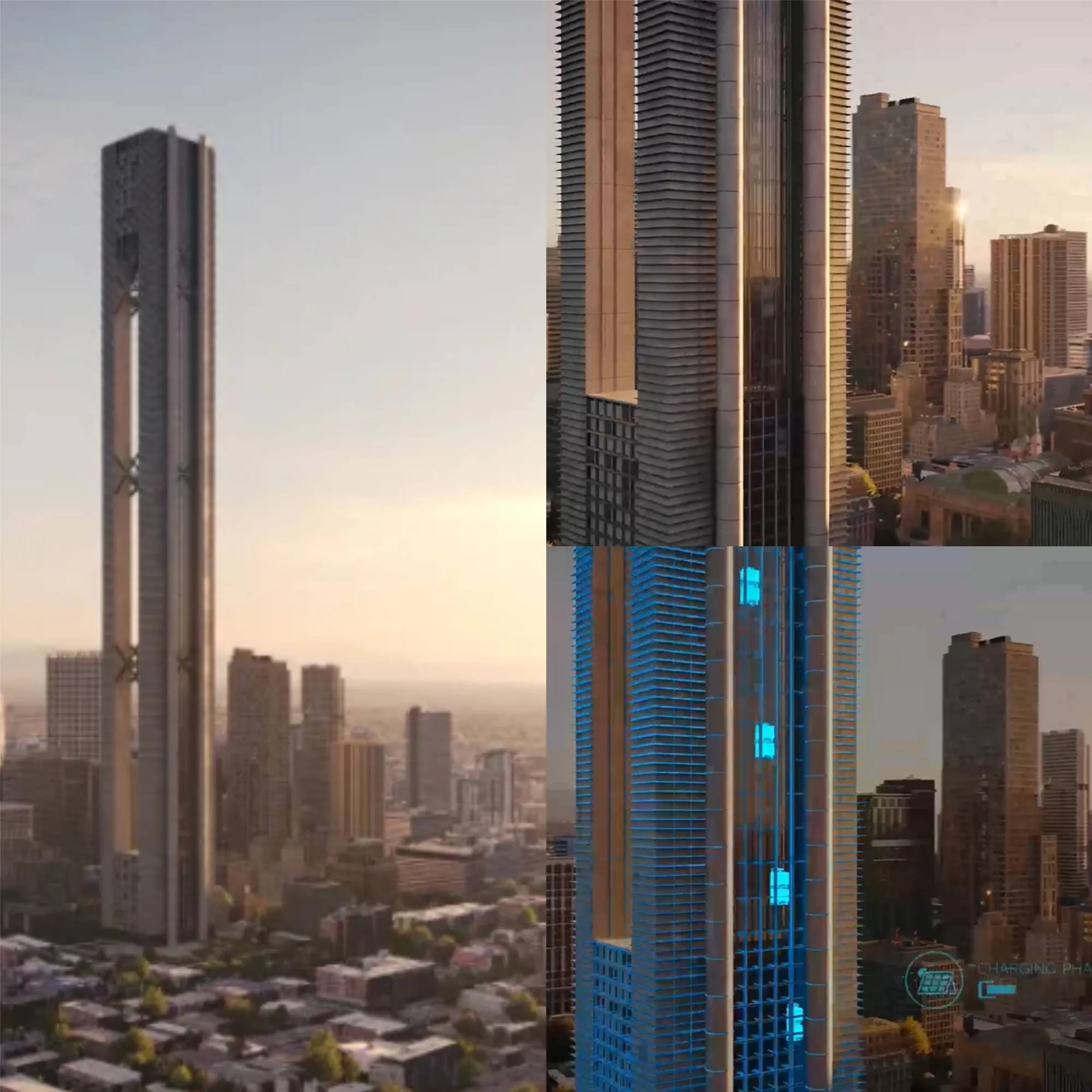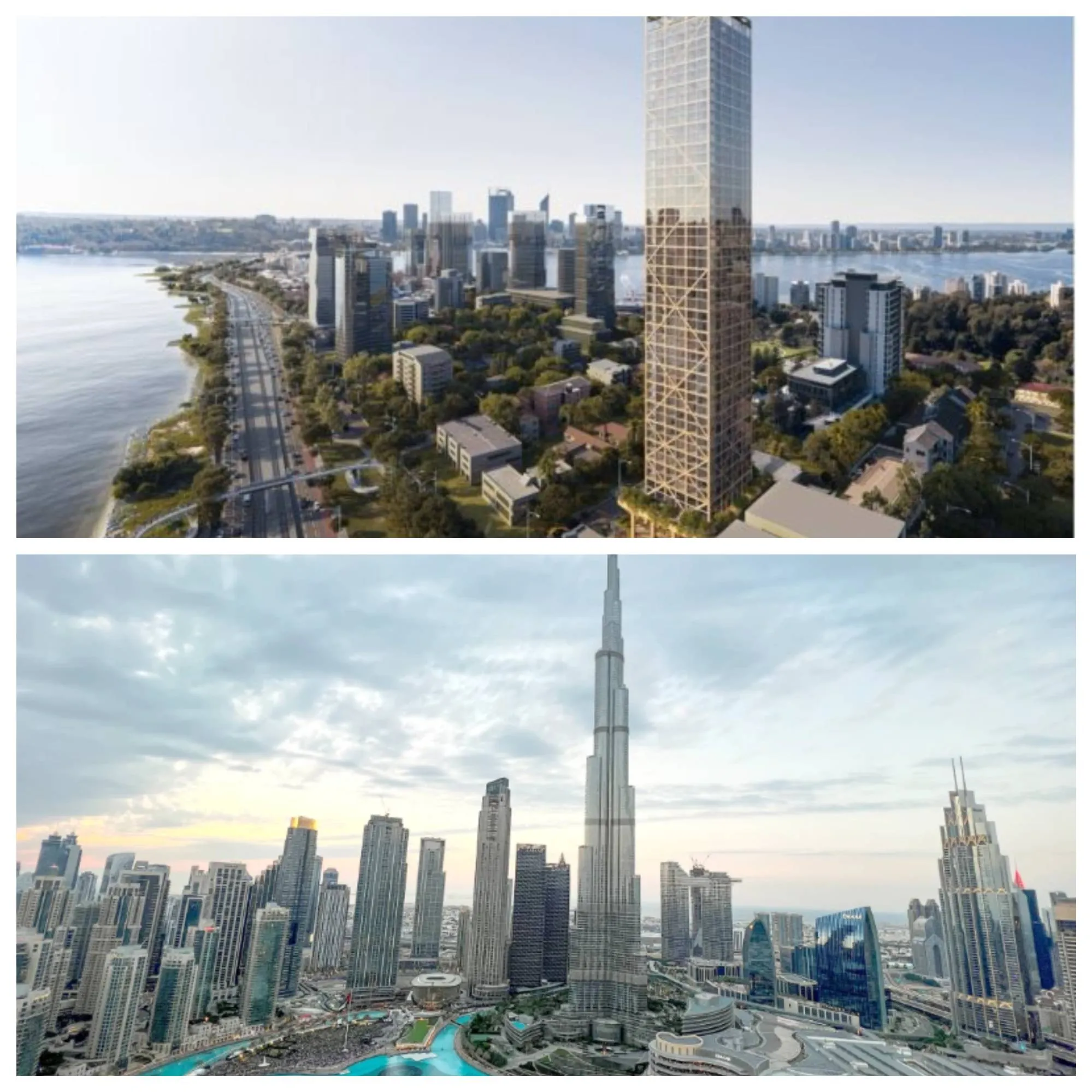
The World’s Next Tallest Building: A 3,000-Foot-Tall Battery for Renewable Energy

Humanity has a long history of constructing monumental buildings to demonstrate the power and influence of empires, leaders, and corporations. In today’s world, skyscrapers are becoming more common, but they may soon serve a new and crucial function: storing renewable energy.
One of the biggest challenges in transitioning to a clean energy grid is the intermittent nature of renewable sources. Solar power can be disrupted by clouds, and wind energy relies on consistent wind patterns. At times, these sources may generate more electricity than needed, while at other times, they may fall short. To address this, effective energy storage is essential to balance energy production and consumption.
This is where the concept of “battery skyscrapers” comes into play. In late May, the renowned architecture and engineering firm Skidmore, Owings & Merrill (SOM) announced a groundbreaking partnership with Energy Vault, an energy storage company. Together, they are developing innovative gravity-based energy storage solutions.
Their design includes a skyscraper equipped with a motor powered by electricity from the grid. This motor would lift heavy blocks to store energy as “potential” energy during periods of low demand. When energy is needed, the blocks would be lowered, converting the stored potential energy back into electricity. Given SOM’s expertise in designing iconic tall buildings, such as New York’s One World Trade Center, Chicago’s Willis Tower, and Dubai’s Burj Khalifa, this new venture is a natural evolution.
To achieve global net-zero emissions by 2050, as outlined by the International Energy Agency, advancements in grid-scale storage technologies are crucial. While lithium-ion batteries are effective for short-term energy storage, they fall short for longer durations. Alternative solutions like pumped storage hydropower, which relies on reservoirs to store energy, are already in use but require significant space and suitable terrain.

The proposed battery skyscrapers by SOM and Energy Vault could range from 300 to 1,000 meters (985 to 3,300 feet) in height. These structures would feature elevator-like shafts to move the storage blocks, while still accommodating residential and commercial spaces. There’s even potential for integrating pumped storage hydropower, using water in addition to blocks.
Energy Vault’s CEO, Robert Piconi, envisions these skyscrapers storing multi-gigawatt-hours of energy, enough to power several buildings. While some experts have raised concerns about the feasibility and cost of such large-scale battery systems, both Energy Vault and SOM are optimistic about their commercial viability.
Energy Vault has already demonstrated the concept with a 150-meter-tall (492 feet) building in China, the world’s first commercial-scale, non-pumped hydro gravitational energy storage system, which has a storage capacity of 100 megawatt-hours.
In addition to their environmental benefits, these skyscrapers could help mitigate the carbon footprint of construction, which currently contributes nearly 40% of global greenhouse gas emissions. Initiatives are underway to make buildings greener, such as using alternative materials and improved insulation. Some architects, like Stefano Boeri in Milan and Dubai, are even incorporating greenery into skyscraper designs.
With urbanization driving the demand for taller buildings, the concept of a gravity-energy storage structure presents an opportunity to offset the embodied carbon of these superstructures. According to Piconi, a very tall gravity energy storage system could offset its carbon footprint within two to four years.
SOM and Energy Vault are now seeking development partners to bring this ambitious vision to life. With SOM’s track record in skyscraper design, they are well-positioned to tackle the challenges of constructing the world’s tallest battery.






